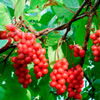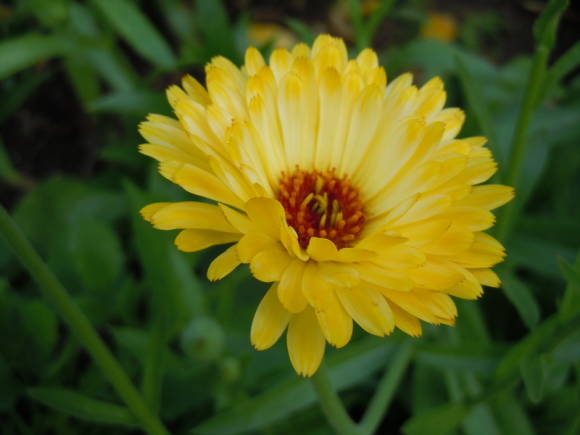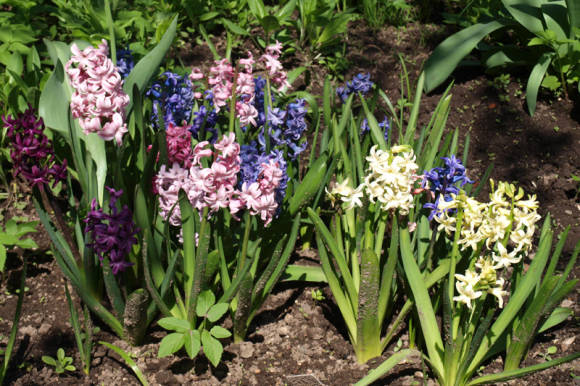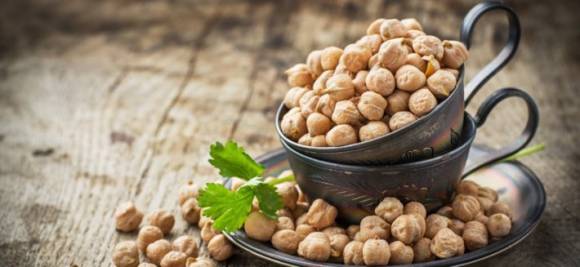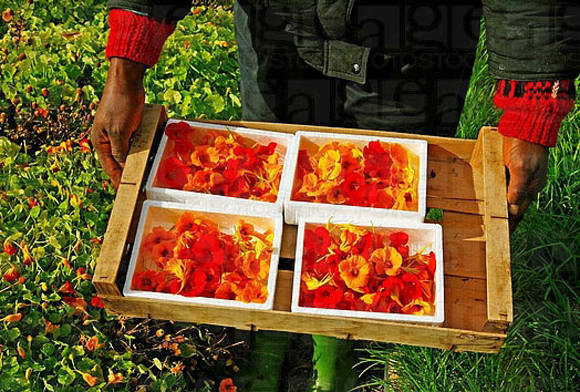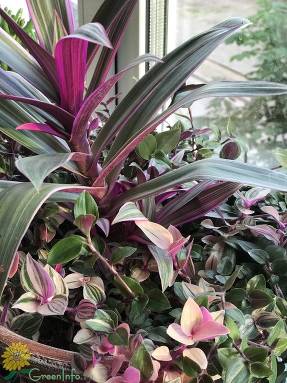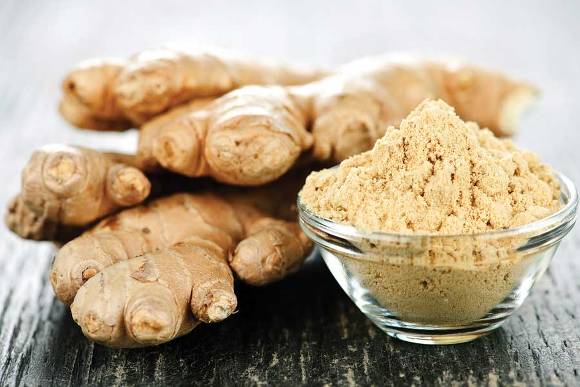
Dried fruits of blue fenugreek (see Blue fenugreek) are used to prepare the famous Georgian seasoning "utskho-suneli", which is a homogeneous free-flowing greenish-gray or olive-green powder with a strong characteristic refreshing tart aroma and sweetish taste with a slight bitterness. High-quality utskho-suneli cannot contain large particles, and this mixture will be sold in hermetically sealed bags. It is the greens in the composition, and not the seeds, that are an indicator of the quality of the utskho-suneli seasoning. For low-grade utskho-suneli, both the stems and leaves of the plant are used, in high-quality utskho-suneli - only beans.

Whole fenugreek seeds are usually sold directly in bean casings. Beans of good quality should be full, uniform in color, with a strong characteristic odor, and should not contain foreign debris and large remains of plant parts. They are stored for up to 2 years in a hermetically sealed container.
Blue fenugreek is a very important traditional spice in Georgian cuisine, which is why it can most often be found in the world under the name utskho suneli. It is worth noting that utskho-suneli is probably the only correct name for all languages of the world for a seasoning consisting of seeds and inflorescences of blue fenugreek.
Blue fenugreek is less known and popular in the spice world than its cousin - hay or Greek fenugreek, often found under the name Shambhala (Trigonella foenum-graecum)... The two spices are often confused, although their tastes and culinary uses differ.
Read more in the articles:
- Hay fenugreek: a cultural history
- Useful properties of hay fenugreek
- Hay fenugreek in cooking
Shambhala has a weaker odor, manifested in full measure from the rise in temperature, and a slight bitterness is clearly perceptible in its taste. That is why hay fenugreek is used more in the confectionery industry.
And dried fenugreek blue has a clear and strong, albeit mild aroma, and a slightly nutty flavor. The smell of blue fenugreek is very persistent - even centenary herbariums are said to smell. In this plant, the dried grass and its seeds have a fundamental difference in aroma and taste. This fenugreek is more suitable for meat and fish, and especially for meat and mushroom soups. Interestingly, when cooking lean soups, adding dry herb of blue fenugreek 2-3 minutes before the end of cooking will give the vegetable soup the smell of good chicken broth.
Hay fenugreek mainly uses seeds as a spice, while blue fenugreek uses whole beans.
Both go well with vegetables and legumes, although fenugreek is more associated as an indispensable ingredient in Indian cuisine, and blue fenugreek is traditionally exclusively Georgian.
In Georgian cuisine, blue fenugreek is used in a variety of vegetable dishes, in almost any dishes that are cooked with walnuts, as well as with meat (especially lamb) and poultry (chicken, duck, turkey and quail), making their taste brighter, richer and more refined ... Blue fenugreek is always a part of a special salt called the salt of Svaneti (Svanuri marili), as well as many real Caucasian seasonings and sauces.
Read also the article Growing blue fenugreek

Blue fenugreek seeds are an indispensable component of Georgian satsivi - chicken in peanut sauce. In addition, they can be part of the traditional suneli hops. If there is a tangible, rather strong bitterness in the hop-suneli taste, it means that it contains hay fenugreek, and if the taste is milder, blue fenugreek.
Without the participation of blue fenugreek, there simply cannot be a real satsebeli sauce. And the real basturma in the Caucasus is enveloped with blue fenugreek crushed into powder. Also, this seasoning is necessary for the preparation of real Abkhazian adjika and lobio.
Dried greens or blue fenugreek seeds will add a very pleasant taste to sauerkraut and pickles.
Blue fenugreek, like Shambhala, has the same unique ability to soften the pungent flavor of cayenne pepper and even out the sweetness of paprika.
If you want to add a "Caucasian touch" to a meat dish, take blue fenugreek combined with coriander, savory and garlic, plus a little hot red pepper. Another very bright spice composition that gives the dish a Caucasian touch is blue fenugreek and suneli hops with adjika and chopped fresh cilantro. If you are using svanuri marili for cooking, the dish does not need to be salted.
The hop-suneli mixture does not replace blue fenugreek; such a substitution is permissible only in some dishes. Although, strictly speaking, with khmeli-suneli it will turn out to be a different dish.
In the Alpine regions, dried blue fenugreek powder is used to prepare the famous green cheeses with a very specific aroma and pungent taste. The unusual spicy aroma and amazing greenish color of this cheese depends on the special ripening of the cheese mass and the presence of blue fenugreek. Such cheeses are used exclusively as a grated seasoning. Green cheese with fenugreek is added to fondue and cheese sauces for vegetable dishes and veal, sandwich spreads are prepared from it, mixed with butter, fish is baked under it (the famous mountain trout in a green cheese crust), added to gnocchi, spazli and dumplings from flour, potatoes, etc.
In Tyrol and South Tyrol, powder made from dried leaves of blue fenugreek, known locally as Brotklee - "bread clover", is added to the dough for baking rye and whole grain bread. True, in Eastern European cuisines, blue fenugreek mainly uses leaves that are harvested during flowering.
Cooking recipes:
- Traditional Georgian adjika
- Classic turkey satsivi
